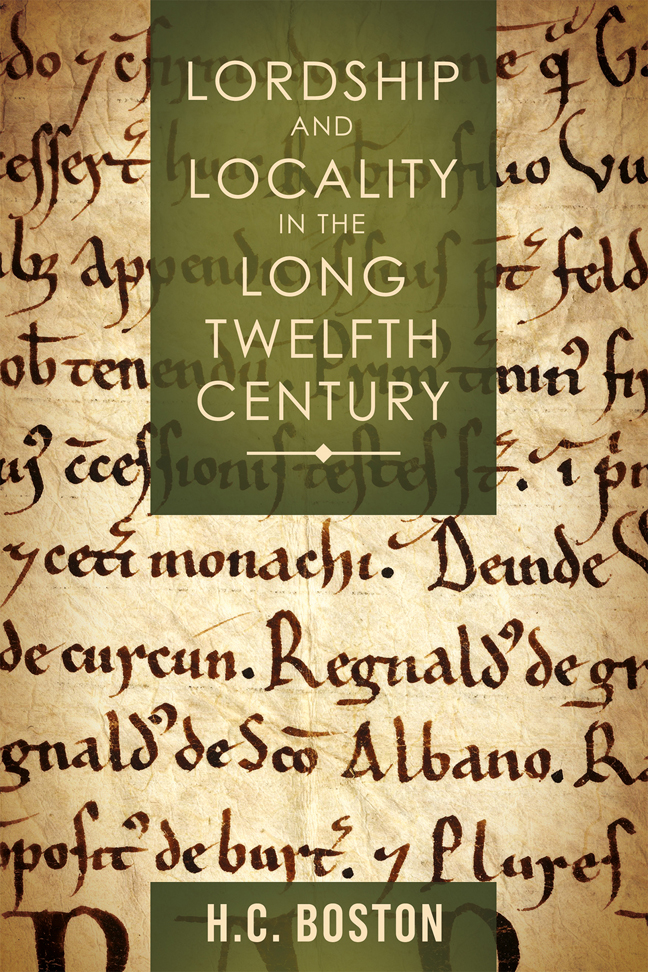Book contents
- Frontmatter
- Dedication
- Contents
- List of Illustrations
- Acknowledgements
- List of Abbreviations
- Introduction
- 1 Multiple lordship: a quantitative analysis
- 2 Multiple lordship and the honour
- 3 Multiple lordship and religious patronage
- 4 Multiple lordship and urban centres
- 5 The abbey of Burton-upon-Trent: a case study
- Conclusion
- Bibliography
- Index
Conclusion
Published online by Cambridge University Press: 21 February 2024
- Frontmatter
- Dedication
- Contents
- List of Illustrations
- Acknowledgements
- List of Abbreviations
- Introduction
- 1 Multiple lordship: a quantitative analysis
- 2 Multiple lordship and the honour
- 3 Multiple lordship and religious patronage
- 4 Multiple lordship and urban centres
- 5 The abbey of Burton-upon-Trent: a case study
- Conclusion
- Bibliography
- Index
Summary
This Book's Focus has been on the practice and impact of multiple lordship in twelfth-century England through a study of a region of the north Midlands. Its aim has been to show that multiple lordship was relatively common and was integrated into how contemporaries approached socio-legal relationships. Recognition of the frequency of multiple allegiance brings with it a number of implications for how we should approach twelfth-century society. Some have been addressed in this book; some have fallen outside the scope for this research but would reward further investigation.
As argued in Chapter 1, multiple lordship was widespread from the first generation after the Conquest. Out of 194 minor lordly families identified in sufficient detail for study, around a third of those visible at any one time clearly had land from or other relationships with multiple lords. This is a similar proportion to those families who had only a single lord. The patterns of regional landholding, even in an area containing a mixture of consolidated and scattered lordships, are therefore more common than has previously been recognised. These proportions seem to have remained relatively stable through the twelfth century, demonstrating that multiple lordship in itself was not a symptom or cause of the breakdown of the honour, but a normal part of regional society. Moreover, the study demonstrated that vicinity was important in multiple lordship. Honours which were geographically coherent were more likely to show higher numbers of single lordship. Those lords with scattered lands were more likely to have more multiple tenants.
Chapter 2 explored these patterns in more detail through a series of prosopographical studies of single and multiple tenants. Single tenants seem to have been generally less wealthy and more geographically limited than multiple ones. Nor were they particularly rewarded for their adherence, either with more lands or with positions of trust. Multiple tenants often seemed to have been more prominent: they were generally wealthier and operated over a larger geographical scale. Some families collected land around a single focal point and bolstered their control in a localised region through construction of small fortifications or religious houses. Others seem to have been polyfocal or to have picked up scattered lands wherever they were able, a pattern sometimes seen in connection with royal or seigneurial service. Some multiple tenancies seem to have happened incidentally, by acquisition through marriage or inheritance for instance.
- Type
- Chapter
- Information
- Lordship and Locality in the Long Twelfth Century , pp. 221 - 226Publisher: Boydell & BrewerPrint publication year: 2024



